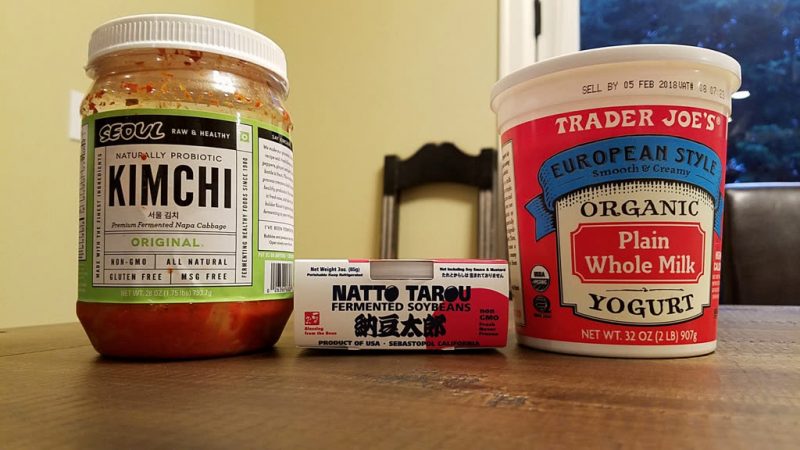
We are alive, made of cells that are alive. The nutrients our bodies need are not contained in one single food source. It’s only when we diversify our food sources that we can get closer to a complete nutritional spectrum from natural products. Our immune system is central to our well being, and a significant part of the immune system’s ability to properly interact with the outside world starts in our guts. Research is accumulating that gut bacteria in good standing helps create an immune system in good standing. As part of a functional gut bacteria, food sources that contain fermented cells, also called probiotics, are emerging as important. So, what about probiotics for breakfast?
The paper “The role of intestinal microbiota and the immune system” summarizes the point:
“Accumulating evidence indicates that intestinal microflora has protective, metabolic, trophic and immunological functions and is able to establish a “cross-talk” with the immune component of mucosal immunity, comprising cellular and soluble elements. When one or more steps in this fine interaction fail, autoimmune or auto-inflammatory diseases may occur. Furthermore, it results from the data that probiotics, used for the treatment of the diseases caused by the dysregulation of the immune system, can have a beneficial effect by different mechanisms.”
While supermarkets, health-oriented stores, and pharmacies now sell probiotics in pills and supplements, there are plenty of natural sources of live bacteria that have been eaten for generations of humans, over their lifetime. While it doesn’t mean these products will benefit everyone, it means that on the whole, you and I are not going to be guinea pigs in testing these specific foods. Also, I find these delicious — and yes finding fermented products delicious is often an acquired taste over time; an acquaintance of necessity with pleasure.
As I looked for an alternative to a fruit salad that had a few more proteins, I thought that having a probiotics-focused breakfast would be fun and tasty: natto, kimchi, and plain yogurt. You can replace the natto or kimchi with cheese, which is the fourth food on the list. Note also, that the world’s oldest athlete who is now 106 years old and in perfect shape, Robert Marchand, eats a typical breakfast made of yogurt every morning.
Some probiotics you can have for breakfast and their nutrition data:
- Natto is a traditional food from Japan, made of fermented soybeans. Bacteria and live cultures: bacillus subtillis.
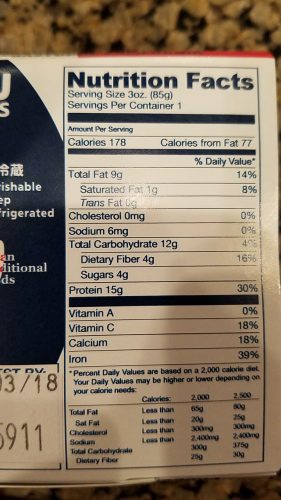
- Kimchi comes from Korea and is used in so many dishes. It is prepared from fermented cabbage. Bacteria and live cultures from the study Isolation of lactic acid bacteria with probiotic potentials from kimchi, traditional Korean fermented vegetable: Lactobacillus plantarum C182 showed strong resistance against low pH and bile salts. Three Leuconostoc strains possessed high adhesion capacities to HT-29 cells. Leuconostoc mesenteroides F27 and Lb. plantarum C182 can be used as potential probiotics.
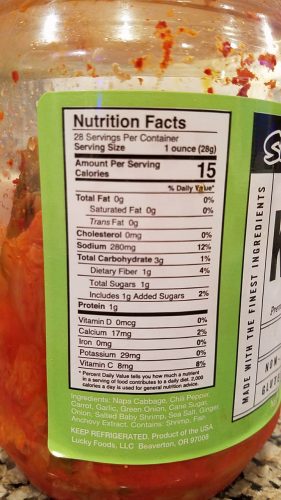
- Yogurt and cheese can be made from fermented cow or goat milk. Each variety contains different types of live cultures with a varying degree of efficacy in reaching the gut.
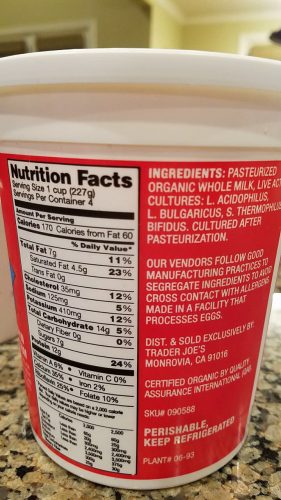
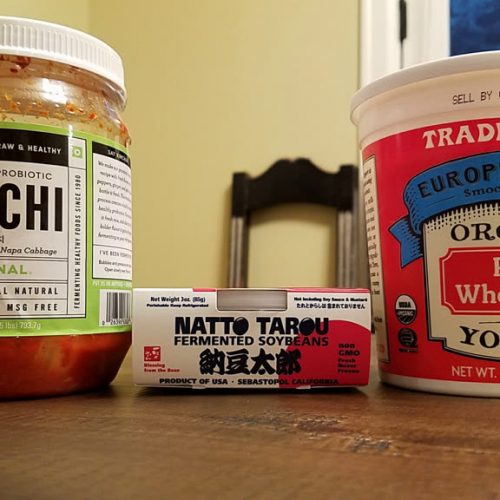
4 natural probiotics you can eat for breakfast
Ingredients
- 3 oz natto
- 2 tbsp kimchi Select the spice level that suits your taste, especially when it comes to breakfast it's a good idea to avoid things that are overly spicy
- 1 cup plain whole milk yogurt In the US you can find Bulgarian yogurt made of organic milk and plain with no added sugar at Trader Joe's.
Instructions
- Add your preferred spices to the natto. For this particular breakfast I ate the natto cold out of its pack by adding a tablespoon of olive oil and a few drops of Tabasco sauce, mixing these in slowly.
- Kimchi can be enjoyed on its own, also cold.
- Finishing with the yogurt helps soothe the spices from the natto and kimchi. You can eat the yogurt as is, or have it the way Robert Marchand does.

Leave a Reply